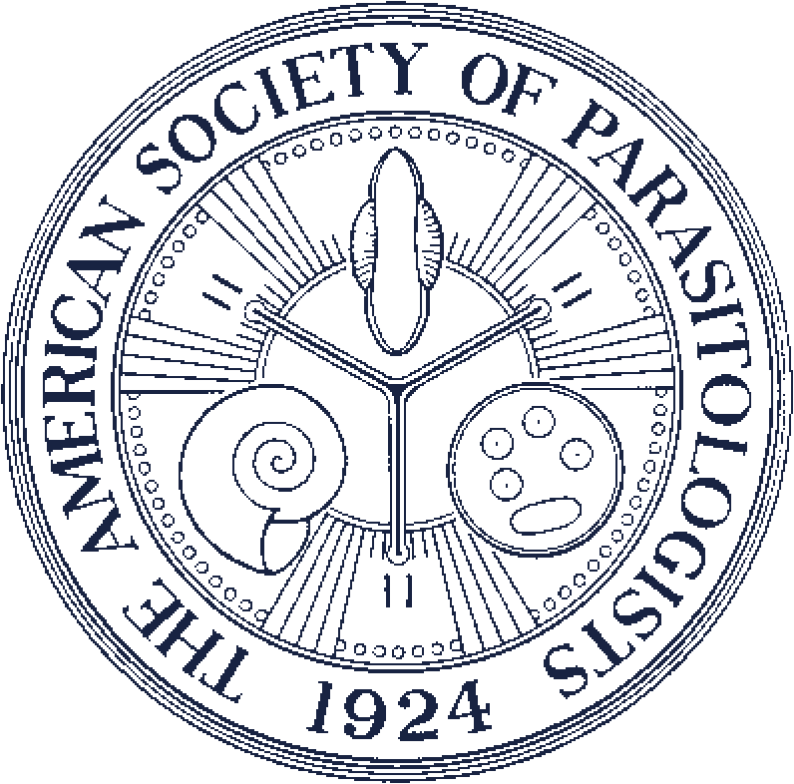Survival of Larval and Cyst Stages of Gordiids (Nematomorpha) After Exposure to Freezing
Hairworms infect terrestrial arthropods and are 1 of the most understudied groups of parasites. Recently, life cycles of 2 gordiids (Paragordius varius and Paragordius obamai) have been domesticated in the laboratory. We tested the viability of laboratory reared and post-frozen larval and cyst stages of the North American gordiid, P. varius, frozen at −80 C for 7 mo, and the viability of field collected and post-frozen cysts of the African (P. obamai) and North American (P. varius) gordiid frozen at −20 C for 2 mo. All snails exposed to post-frozen or control P. varius larvae became infected with cysts, and there was no significant difference in prevalence or mean intensity of cysts among control or experimental snail groups. As with larvae, no significant differences were observed in prevalence or mean intensity of emerging worms from crickets infected with post-frozen or control P. obamai or P. varius cysts. All female P. obamai and P. varius worms from control and post-frozen cyst infections laid eggs and larvae hatched from some of these eggs. Survival and cyst formation of P. varius larvae exposed to different combinations of drying and/or freezing temperatures indicated that gordiid larvae have the ability to survive drying and freezing, but survival significantly increases during freezing at lower temperatures. The major contribution of our study is the demonstration that gordiid larval and cyst stages can survive freezing temperatures to infect and develop in the next host.Abstract:

Life cycle stages of Paragordius varius recovered from experimentally infected snail and cricket hosts exposed to post-frozen larvae or cysts frozen for 7 mo at – 80 C. (A) Mature cyst in Physa gyrina infected with post-frozen larvae. Note the characteristic clear halo around the tightly folded larva and prominent spines on the pre-septum. Scale bar = 15 μm. (B) Posterior end of free living adult female P. varius in the process of releasing egg strings. Scale bar = 1 mm. (C) The same female P. varius with entire egg string released. Note the female is tan in color and the egg strings are white. Scale bar = 1 cm. (D) Hatched larva of P. varius. Note the characteristic granules of the pseudo-intestine. Scale bar = 20 μm.

The ability of Paragordius varius larvae to form cysts in snail hosts after exposure to different combinations of drying and freezing conditions. (A) Prevalence of P. varius cysts in Physa gyrina snails exposed to P. varius larvae from 9 different treatments. N = number of surviving and examined snails per treatment group; RT = room temperature. (B) Mean abundance +1 SD of P. varius cysts in P. gyrina snails exposed to P. varius larvae from 9 different treatments. % = percent of larval survival and cyst formation compared to control infections. RT = room temperature. Lower case letters represent significant differences among group combinations (P < 0.03) for all significant differences.

General gordiid life cycle. Snowflake symbols indicate gordiid life cycle stages that remain viable and survive super cooling and/or freezing.
Contributor Notes
